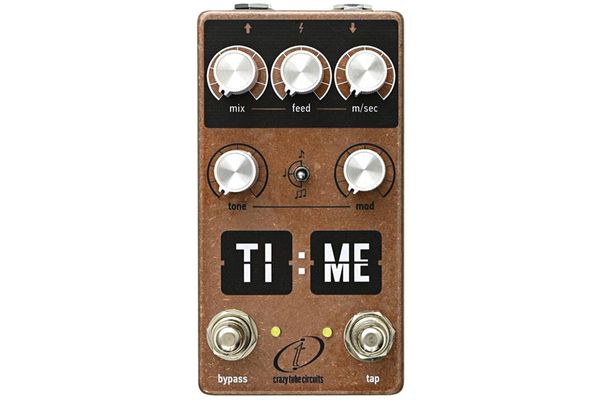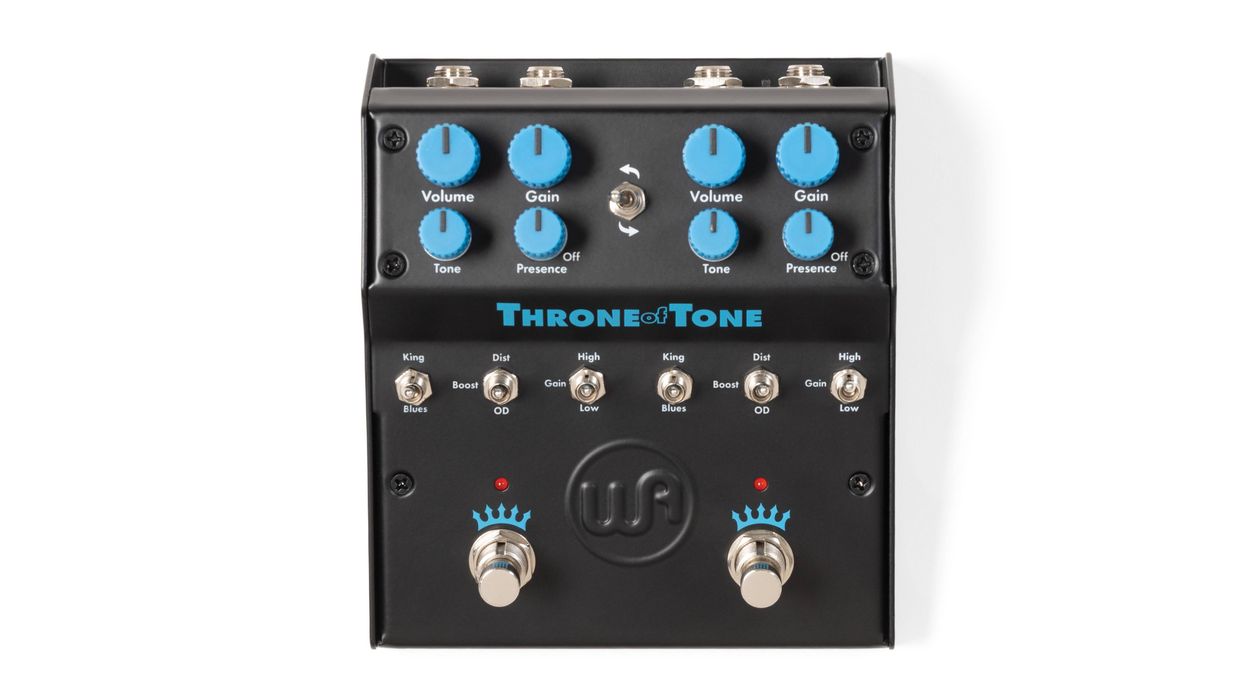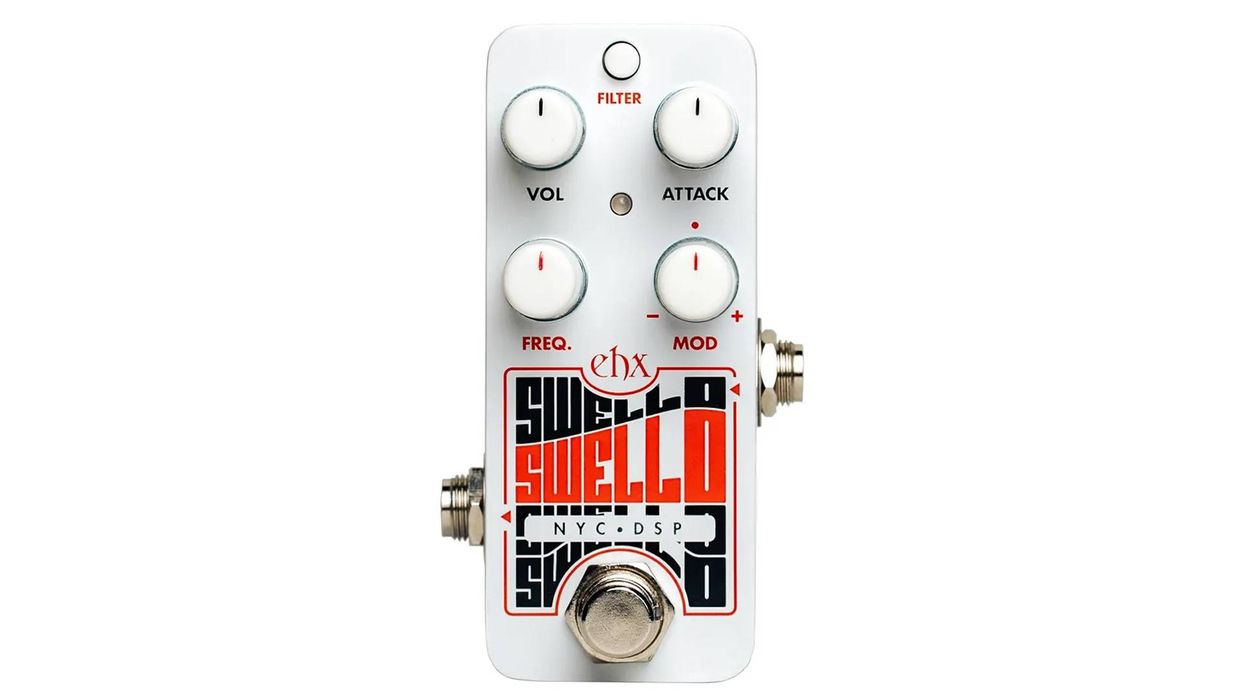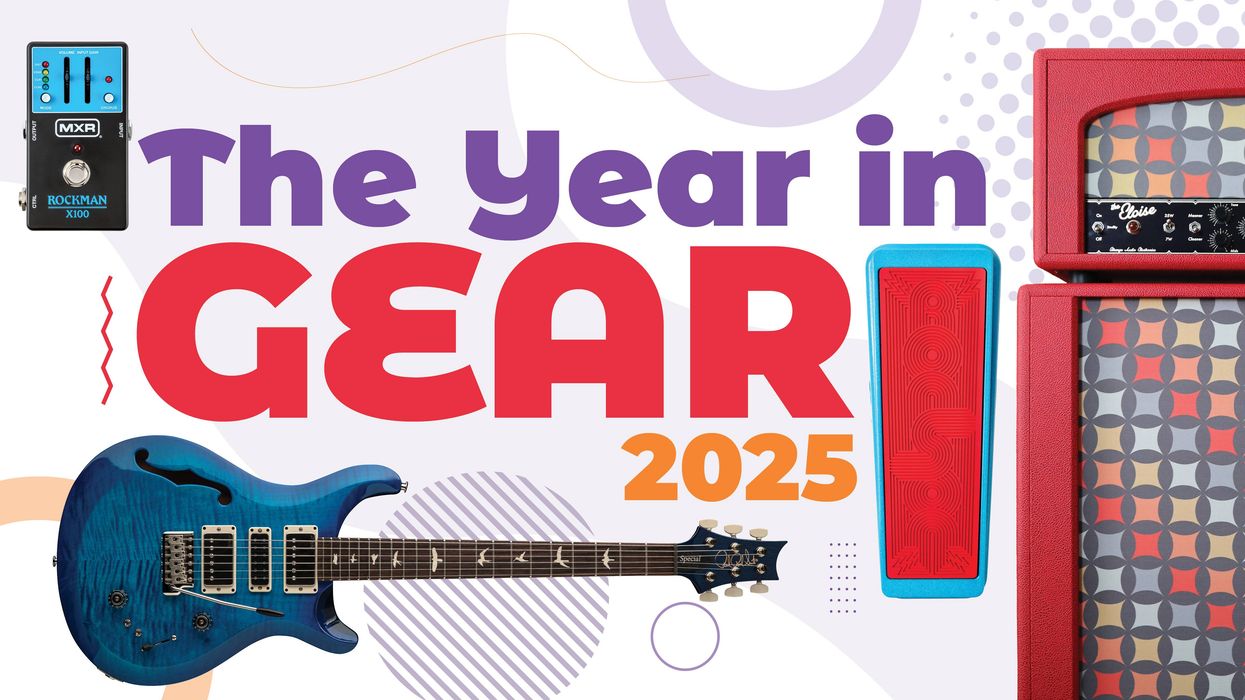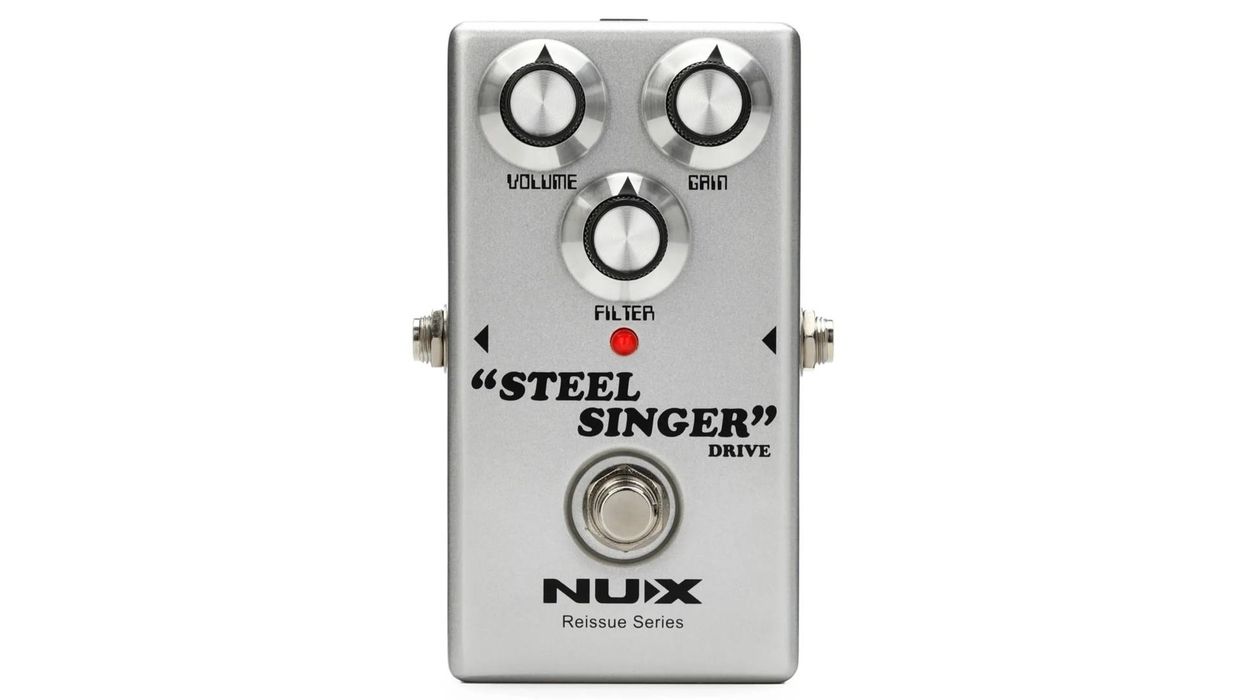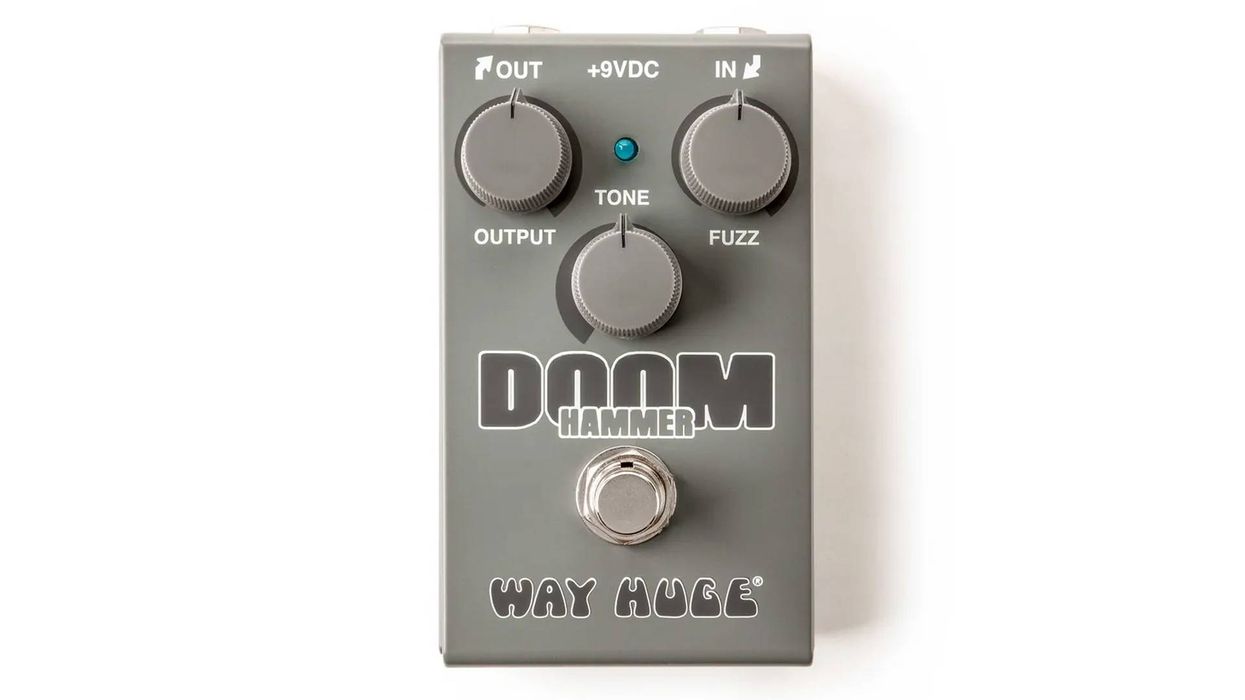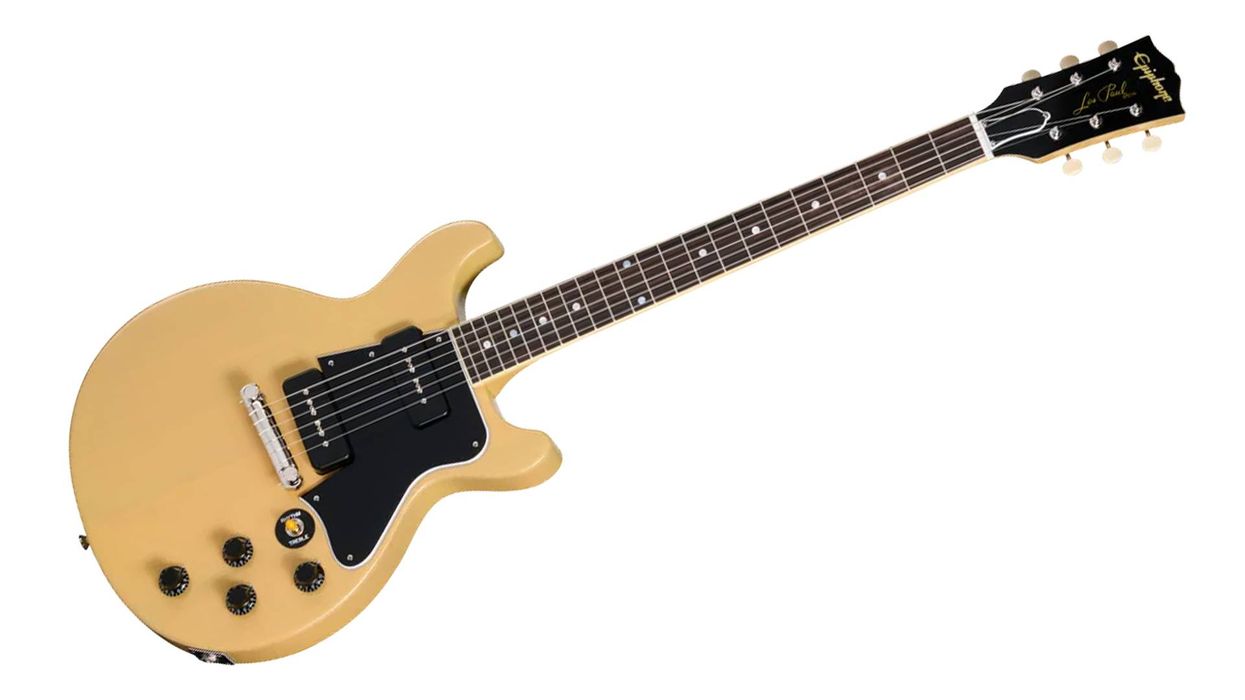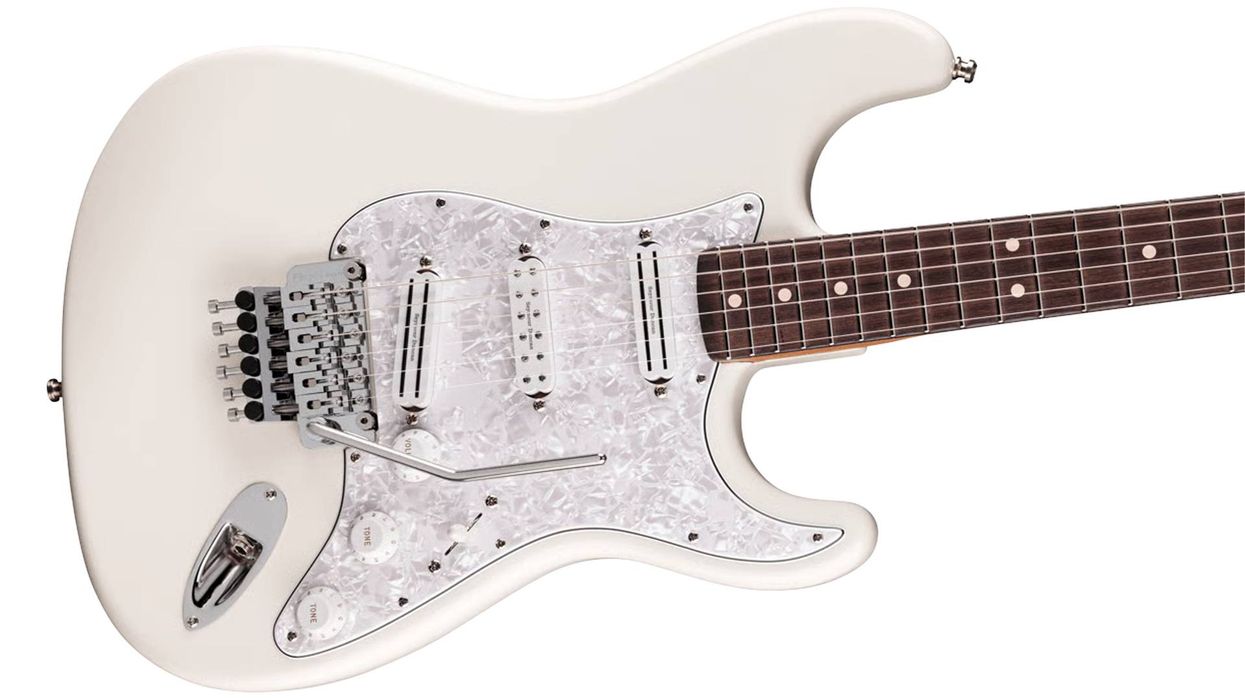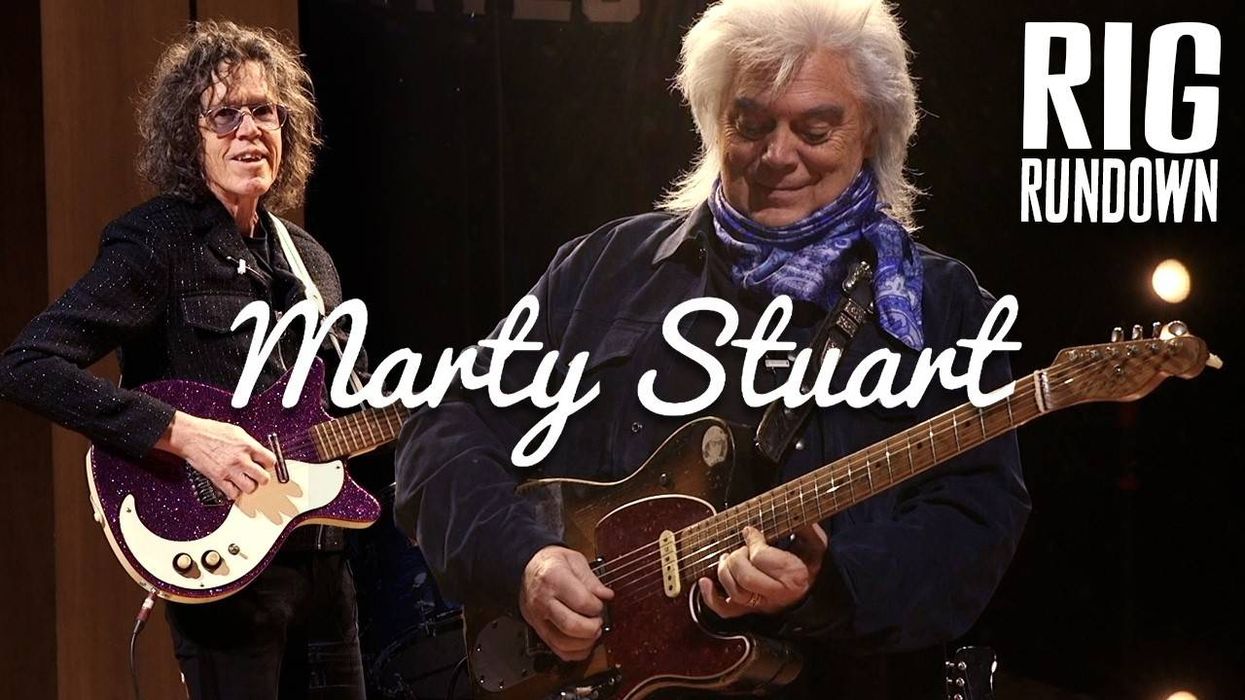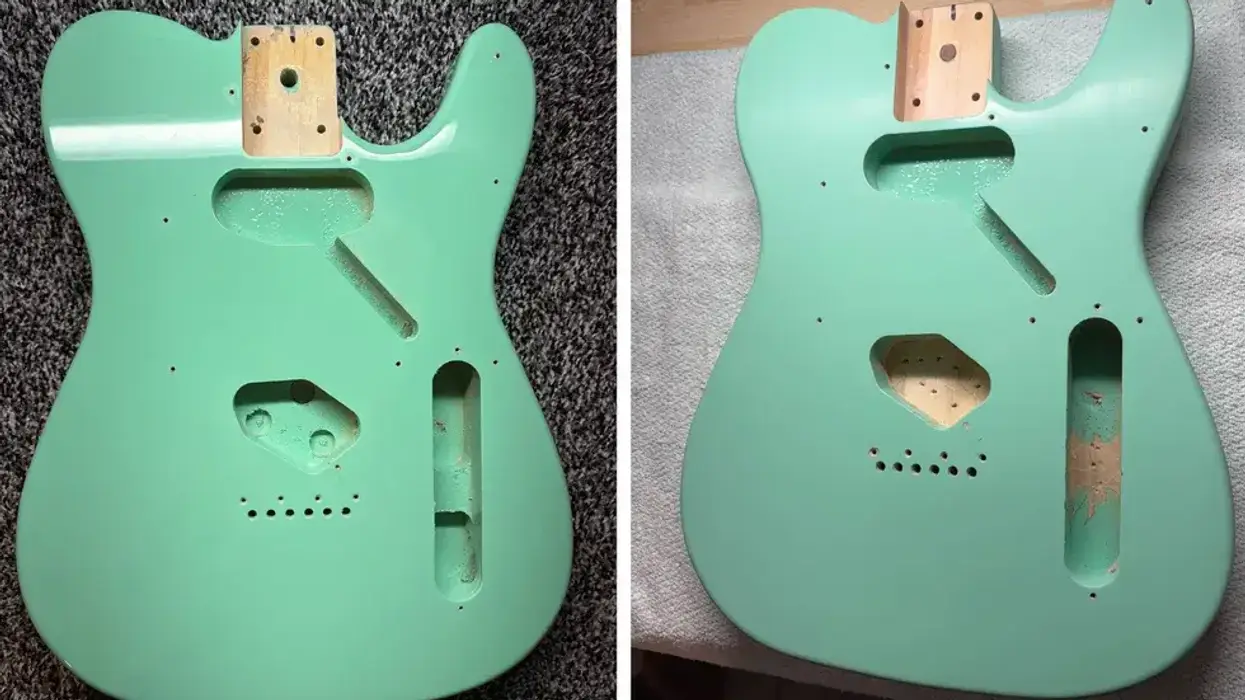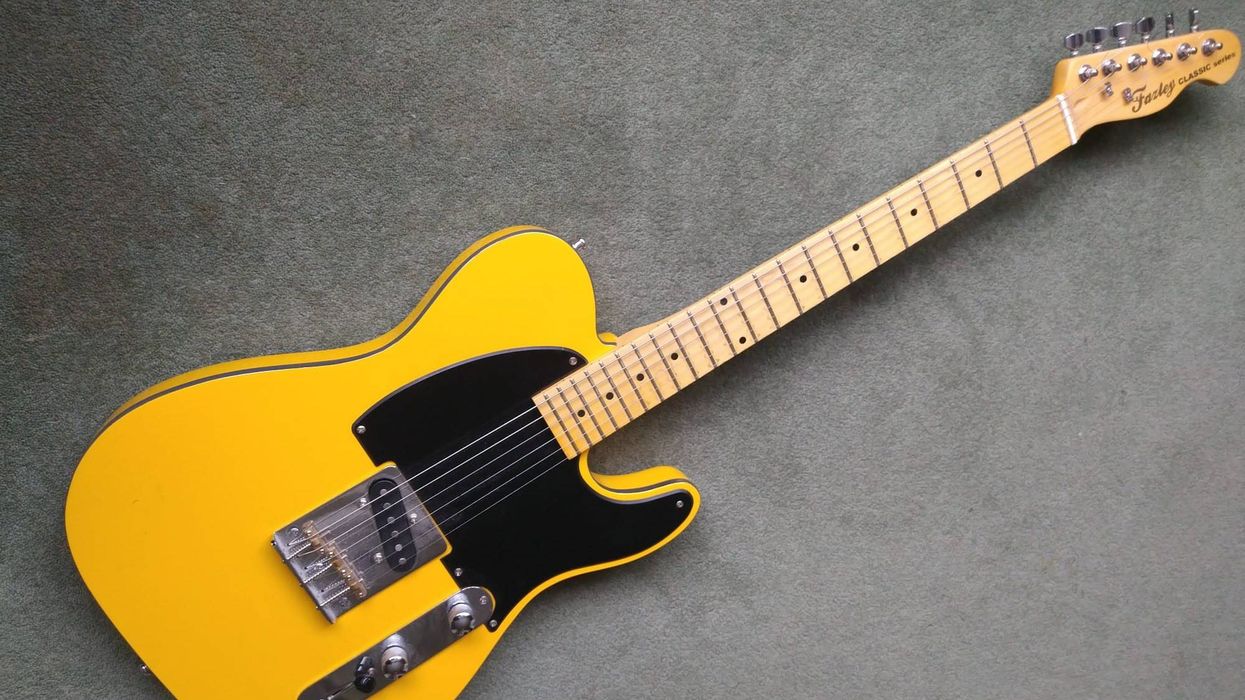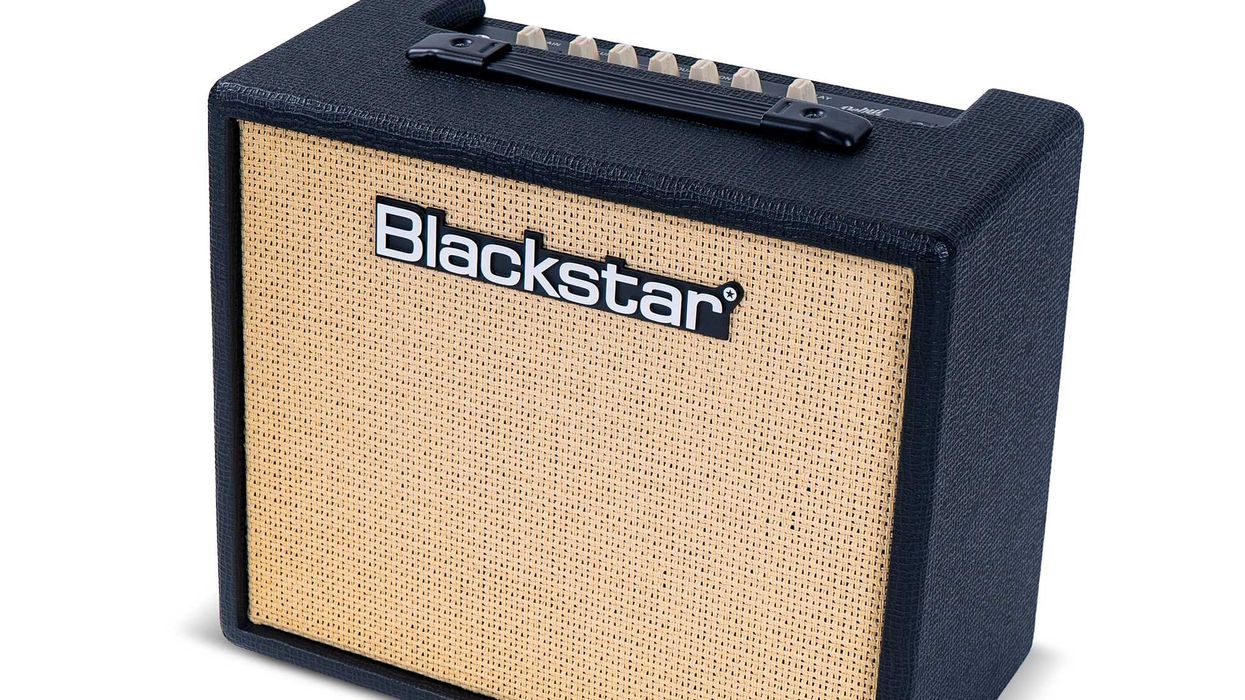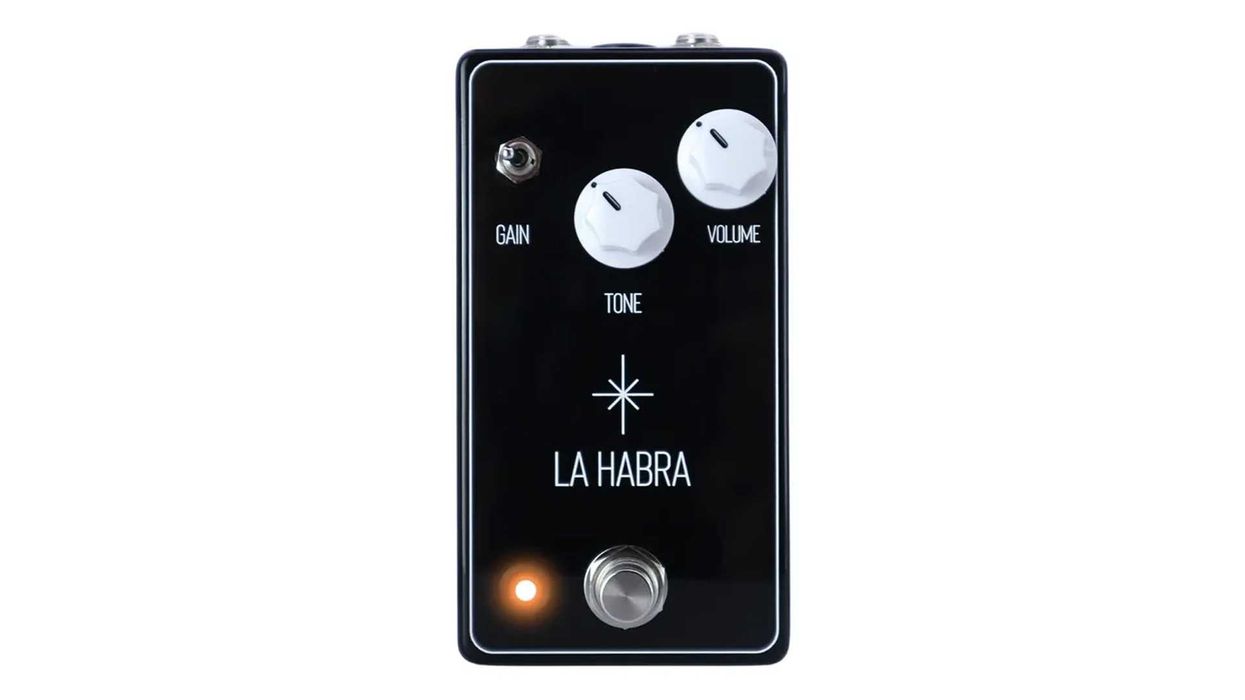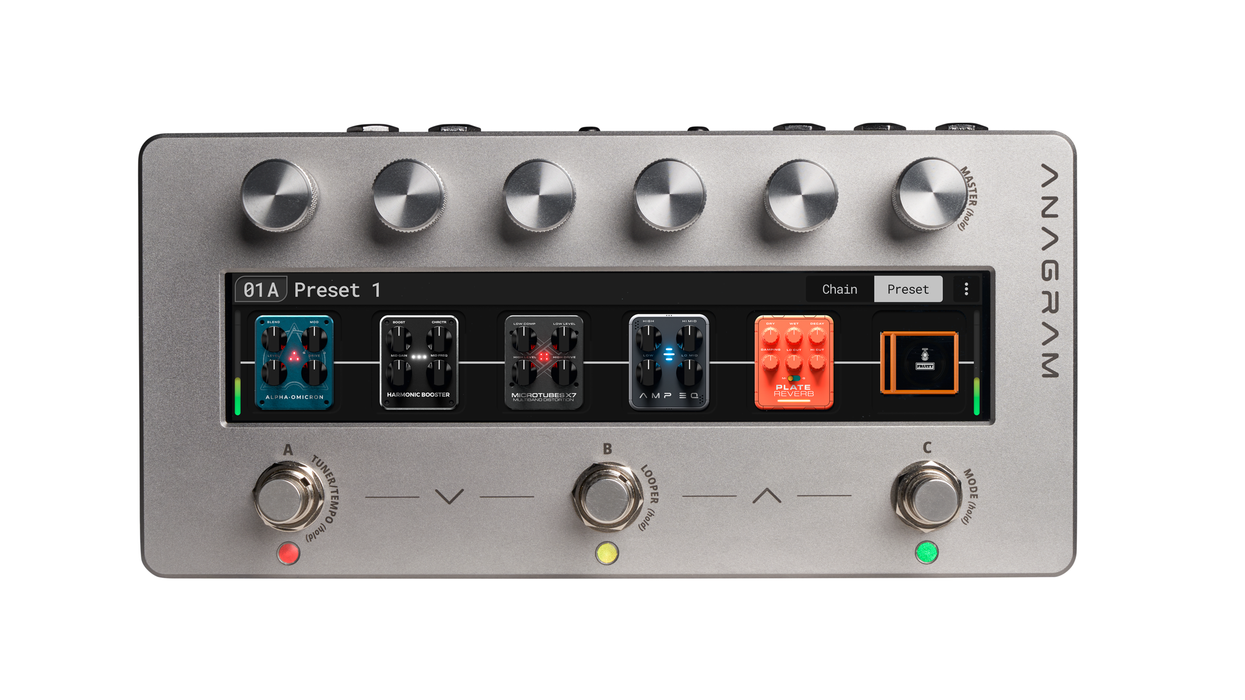Even in the earliest days of the analog/digital delay schism, there was never a right or wrong answer about which was best. Each has their virtues and musical place. And both delay categories are far too broad to encompass anything close to a definitive sound. An analog Echoplex sounds pretty different from a bucket brigade Deluxe Memory Man. And a shimmeringly pristine Eventide DDL definitely sounds nothing like the smoky MXR Model 113 that helped kick off the digital delay era.
The 113 was, by modern digital standards, a filthy-sounding thing. It's also the sonic inspiration for Crazy Tube Circuits TI:ME digital delay, a flexible and smartly designed device that captures the lo-fi magic of the Model 113 and inhabits what many will consider a sweet spot between immaculate digital repeats and grimier bucket brigade repeats.
Relatively Clean Relays
MXR Model 113s are notoriously noisy—particularly as they age. The original also had a narrow frequency response of 20 kHz to 2.5 kHz, depending on delay time. The TI:ME uses a set of analog filters in the twin digital delay lines to achieve the grit and much of the tactile response of that narrow range while cleaning up the noise floor considerably. It doesn't replicate the Model 113's circuitry, but Crazy Tube Circuit's take on the filtering component of the 113's design helps the TI:ME nail the tone idiosyncrasies of early digital.
Unlike the Model 113's hodgepodge of push buttons and knobs, the TI:ME's control set is simple, familiar, and super intuitive. Mix, feedback, and delay time controls are arranged on the top row. Tone and modulation depth knobs are arrayed just below. A quarter note/dotted eighth/triplet delay divisions toggle is situated in the center. Apart from that, there's just soft-relay footswitches for bypass and tap tempo. You can hold down the latter to induce runaway oscillation effects. An internal switch enables you to select between true bypass or buffered bypass with trails.
The TI:ME maintains a just-right balance between BBD haze and percussive, distinguishable repeats.
Dirty Animals
When I say the TI:ME inhabits a world between digital and analog tonalities, I don't mean that it splits the difference. In fact, the TI:ME's fundamental tones are much closer to a bucket brigade delay unit. The closest tone match I could find among the digital and analog delays I had on hand was an MXR Carbon Copy, which is no small compliment in my book. The Carbon Copy and other analog delays I tested against the TI:ME all produced repeats that were more distorted and compressed than the TI:ME's echoes. By comparison, high-resolution digital delay tones sounded like sterile reflections from hard, cold tile.
Those differences get more interesting and pronounced when you situate a drive or distortion source upstream from the delay. Where bucket brigade devices tend to turn distortion into beautiful reverberative miasma, the TI:ME maintains a just-right balance between BBD haze and percussive, distinguishable repeats. You have to wonder if it was the original Model 113's ability to walk this fine line that attracted notorious tone hounds like Gilmour and Zappa to the unit. Certainly, the TI:ME's take on that balance offers intriguing near-hybrid analog/digital sounds that aren't as readily discovered in simple bucket brigade or digital delay units.
Additional analog-redolent textures lurk in the tone and modulation controls. Both have wide range and can help fine tune the TI:ME's echoes to suit the effects elsewhere in your rig. Used together, they can also add extra grime to the TI:ME's basically dusty voice.
The Verdict
The TI:ME is brimming with character that defies digital stereotypes. And while its voice has much of the color of a BBD analog unit, it has the capacity to be slightly cleaner in a way that gives nuanced solos, harmonics, chord detail, and overtones from your guitar and elsewhere in your effects chain more room to breathe. And while a streamlined 3-knob analog delay may be 30 to 60 bucks cheaper on average, those units are less likely to offer tap tempo, modulation this characterful and rangy, or dotted eight and triplet division options. Consider those features and a truly distinct delay voice, and the $209 price tag starts to look like money very well spent.
